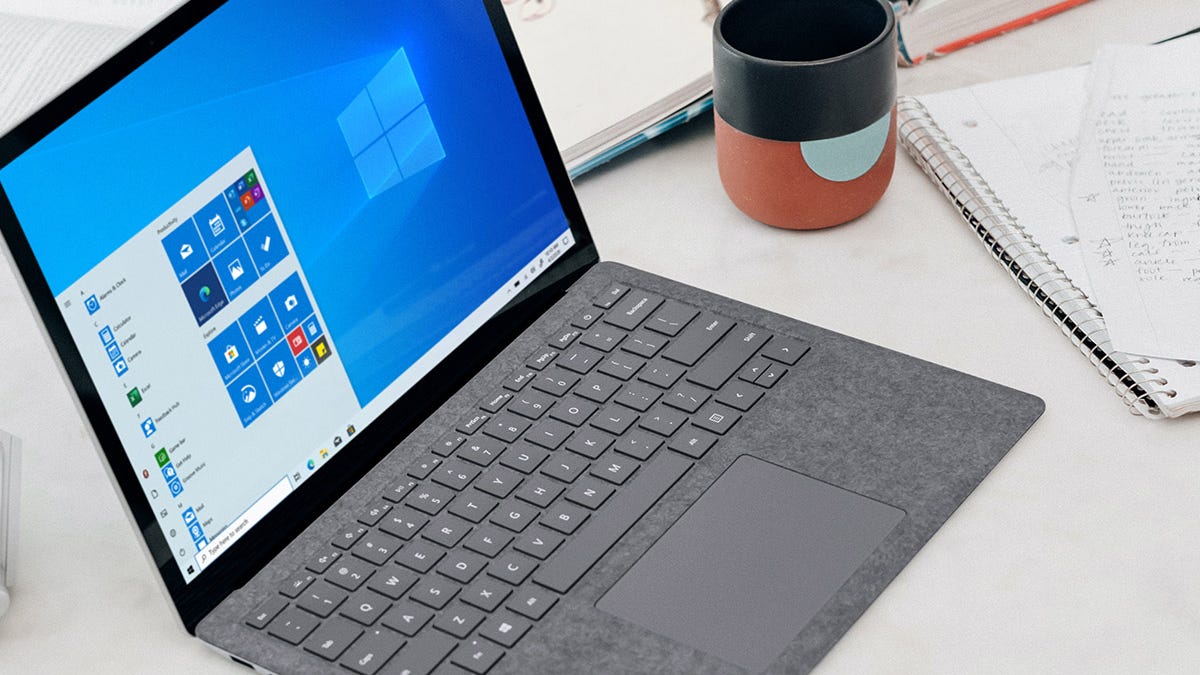BOOK THIS SPACE FOR AD
ARTICLE AD
One of the most important aspects of a desktop for me is efficiency. I need an OS that makes it easy for me to work with multiple windows open in a way that is effortless and painless. The MacOS desktop is an outstanding option for users of all types. It's elegant, simple to use, and rock solid.
Also: 12 iPhone 16 Camera Control secrets for better photos and videos - faster
MacOS didn't have built-in window snapping for the longest time, which was a glaring omission, especially given that most operating systems have had built-in window snapping for some time.
There's good news. With the recent MacOS update (Sequoia), Apple has finally added window snapping. Even better, you don't have to do anything to enjoy the feature, as it's enabled by default.
What is window snapping?
Window snapping makes it possible for you to drag a window to the edge of your display (right, left, top, or bottom) and the window will automatically snap to that edge so it only takes up a certain area of the display. For example:
Drag a window to the right edge and it will automatically take up the right half of the display.Drag a window to the left edge and it will automatically take up the left half of the display.Drag a window to the top edge and it will automatically take up the full display.
Most good window managers allow for the customization of snapping actions. Unfortunately, MacOS default only allows you (through a cumbersome window button action) to snap right or left.
Also: The 6 best MacOS Sequoia features that have nothing to do with AI or iPhones
Now that Apple has added window snapping to MacOS, you can also enjoy this highly efficient feature, so you can have multiple windows open and visible at the same time. As well, you can even use window snapping if you have Stage Manager enabled (which makes MacOS even more efficient).
How to use MacOS window snapping
As I mentioned earlier, there is no need to enable the feature, as it works out of the box. To snap a window, all you have to do is click and hold the title bar and drag to one of the following locations:
Top center - full screenTop left - top left quarterTop right - top right quarterBottom center - center third of the displayBottom left - bottom left quarterBottom right - bottom right quarterLeft edge - left half of displayRight edge - right half of displayAlternatively, you can also hover your cursor over the green button at the top left of the app you are using and select where you want the window to be placed:
With MacOS built-in window snapping you can place app windows where you need them.
An even better option
For me, however, there's a better option than the one Apple has delivered for window snapping. That option is an app called Rectangle -- and I prefer it over the built-in option because it has considerably more window placement options and features.
Also: Upgrading to MacOS Sequoia? Here's why you may want to hold off
This app not only allows you to configure apps to ignore with snapping but also allows you to break the screen into sixths (instead of just fourths). Rectangle also has keyboard shortcuts, which makes snapping windows even more efficient.
Installing Rectangle
What you'll need: The only thing you'll need for this is a MacOS device, such as a MacBook Pro/Air or an iMac.
When the file has finished downloading, double-click on it to open the installer window. With the installer window open, drag the Rectangle icon into the Applications folder.
Installing Rectangle on macOS Monterey.
Configuring Rectangle
Open Launchpad and type Rectangle. Click on the launcher to open the Rectangle application. When prompted, click Open to allow the app to run.
For Rectangle to function properly, you must give the app the proper permissions. When the app opens, you'll be prompted to click Open System Preferences.
The first window you'll see when you initially open Rectangle.
When the System Preferences app opens, click the lock icon in the lower-left corner and type your user password.
Also: 5 MacOS terminal apps that are way better than Apple's default - and free!
With Security & Privacy unlocked, click the checkbox associated with Rectangle and, in the resulting popup window, click Recommended. Then close the System Preferences window (you can also close out the Rectangle installer at this point).
Giving Rectangle the necessary permissions to function properly.
After giving the app the proper permissions, the Rectangle configuration window will open. You can configure each shortcut exactly how you like it.
Configure Rectangle to your liking.
Using Rectangle
After configuring the app, close the Settings window. You can now drag open windows to the edges or corners to snap them in place. This is exponentially easier than remembering convoluted keyboard shortcuts or the awkward title bar button.
Also: 5 easy ways to turn MacOS Finder into a way better file manager
So far, Rectangle has proven to be the most effective method of snapping windows in MacOS that I've found. Kudos to the developer for creating the app. And remember, if you enjoy using Rectangle, consider offering a donation to the developer. If you aren't as discerning about how and where your windows are snapped, the MacOS built-in feature will probably be enough.
Enjoy that newfound window snapping on your MacOS devices.
.png)
 1 month ago
24
1 month ago
24 














 Bengali (Bangladesh) ·
Bengali (Bangladesh) ·  English (United States) ·
English (United States) ·